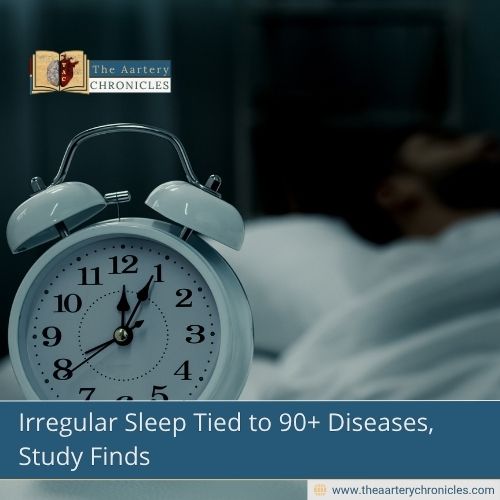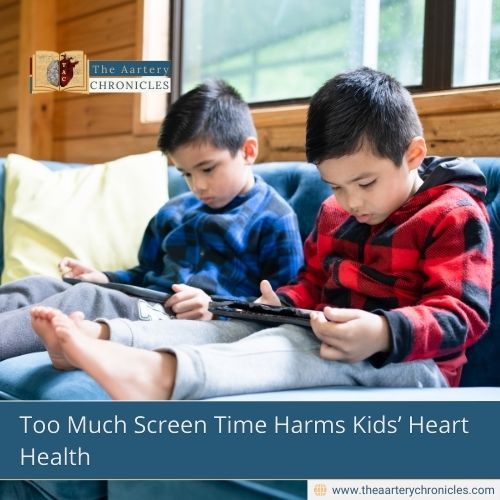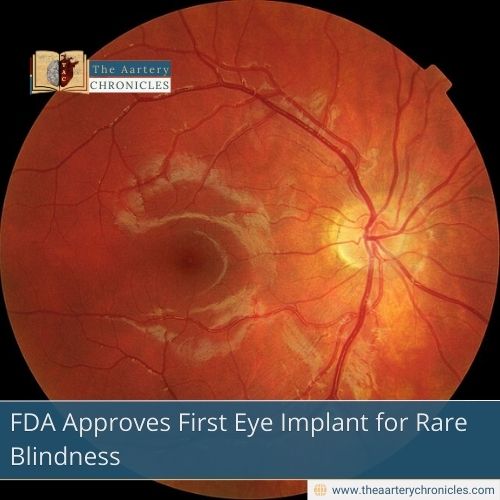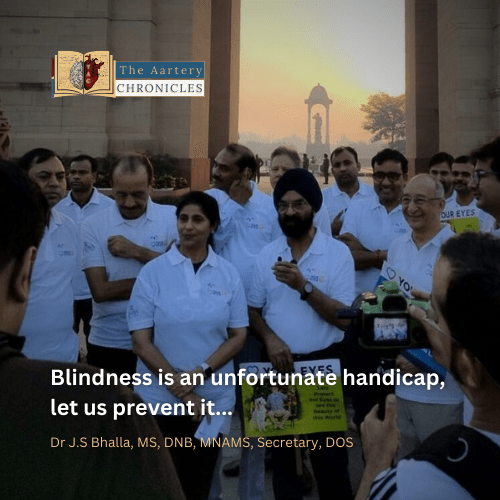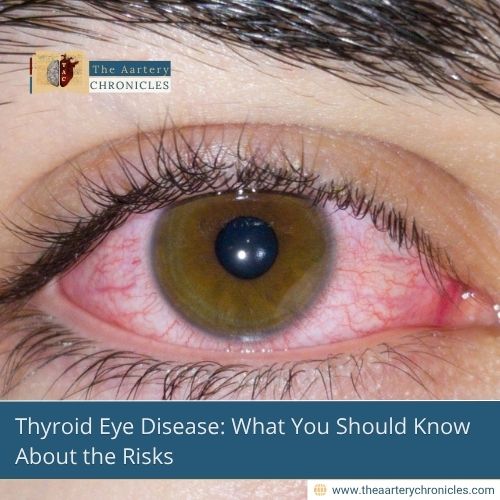

Thyroid Eye Disease: What You Should Know About the Risks
Introduction
Thyroid eye disease (TED), also known as Graves-Basedow ophthalmopathy or thyroid orbitopathy, is an inflammatory autoimmune disease affecting the eyes and surrounding tissues, often associated with hyperthyroidism from Graves’ disease, but not exclusively.
In this article we will analyze the main risks associated with this disease, how it manifests itself, what are the potentially serious ocular complications and what therapeutic and preventive interventions can make the difference.
What Is Thyroid Eye Disease
It is an autoimmune inflammatory condition in which the immune system mistakenly attacks the muscles and tissues of the eye socket, causing swelling, inflammation, and structural changes.
Key Characteristics
- More common in women between 30 and 60 years old
- Strongly associated with Graves’ disease
- It can occur before, during, or after the diagnosis of hyperthyroidism.
- In some cases, it also occurs in euthyroid or hypothyroid subjects.
Initial Symptoms And Signs
Symptoms range from mild to severe, and may appear in one or both eyes.
- Exophthalmos (protrusion of the eyeball)
- Swelling of the eyelid and periocular area
- Dryness, watery eyes and photophobia
- Double vision (diplopia)
- Pain in the eye or behind the eye socket
- Conjunctival redness
- Difficulty closing the eyelids completely
Thyroid Eye Disease Risks And Complications
TED can cause serious complications if not treated promptly. Among the main risks:
- Damage To The Optic Nerve (Compressive Optic Neuropathy):
- Rare but very serious: Inflamed tissue can compress the optic nerve.
- It causes progressive vision loss if left untreated.
- Requires urgent intervention (corticosteroids or decompressive surgery).
- Corneal Ulcers
- Inflammation and incomplete closure of the eyelids (lagophthalmos) can cause corneal drying, erosions and infections.
- In advanced cases it can lead to corneal perforation.
- Persistent Diplopia
- Involvement of the eye muscles causes chronic double vision.
- It can impair quality of life and make it difficult to drive or work.
- Psychological And Aesthetic Impact
The protruding appearance of the eyes and the change in gaze can cause:
- Social embarrassment
- Anxiety
- Low self-esteem
- Depression
- Possible Blindness (In Severe, Untreated Cases): Although rare, irreversible blindness can occur if optic neuropathy is not diagnosed early
Factors That Aggravate The Disease
- Cigarette smoking: increases the risk of TED by 7-8 times and worsens its course
- Untreated thyroid hormone imbalance
- Oxidative stress
- Some therapies for hyperthyroidism (e.g. radioactive iodine, if unprotected)
Diagnosis And Monitoring
Diagnosis and staging are based on:
- Complete eye exam
- Evaluation of ocular motility
- Orbital tomography (CT or MRI) to evaluate muscle inflammation
- Measurement of visual function
- Thyroid hormone assays and anti-TSH receptor antibodies (TRAb)
Treatment Of Thyroid Eye Disease
Treatment depends on the severity and stage of the disease (active vs inactive).
- Medical Therapy
- High-dose corticosteroids (intravenously in severe cases)
- Antioxidants and supplements (e.g. selenium in mild cases)
- Immunosuppressive drugs in case of resistant forms
- Innovative Therapies
- Teprotumumab: monoclonal antibody approved in some countries for severe cases
- Rituximab therapy: in refractory patients or with associated autoimmune diseases
- Surgery
- Orbital decompression in cases with visual risk
- Corrective eyelid surgery (inactive phase)
- Eye Muscle Surgery for Residual Diplopia
Prevention And Useful Tips
- Quit smoking immediately
- Check thyroid function regularly
- Protect your eyes with sunglasses and artificial tears
- Avoid self-medication
- Rely on a multidisciplinary team (endocrinologist, ophthalmologist, surgeon)
Conclusion
Thyroid eye disease can be much more than a cosmetic ailment: in severe cases, it can cause permanent vision damage and profound impacts on quality of life. But with early diagnosis, a healthy lifestyle, and proper treatment, it is possible to manage the disease and prevent more serious complications.
References



